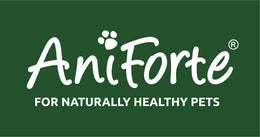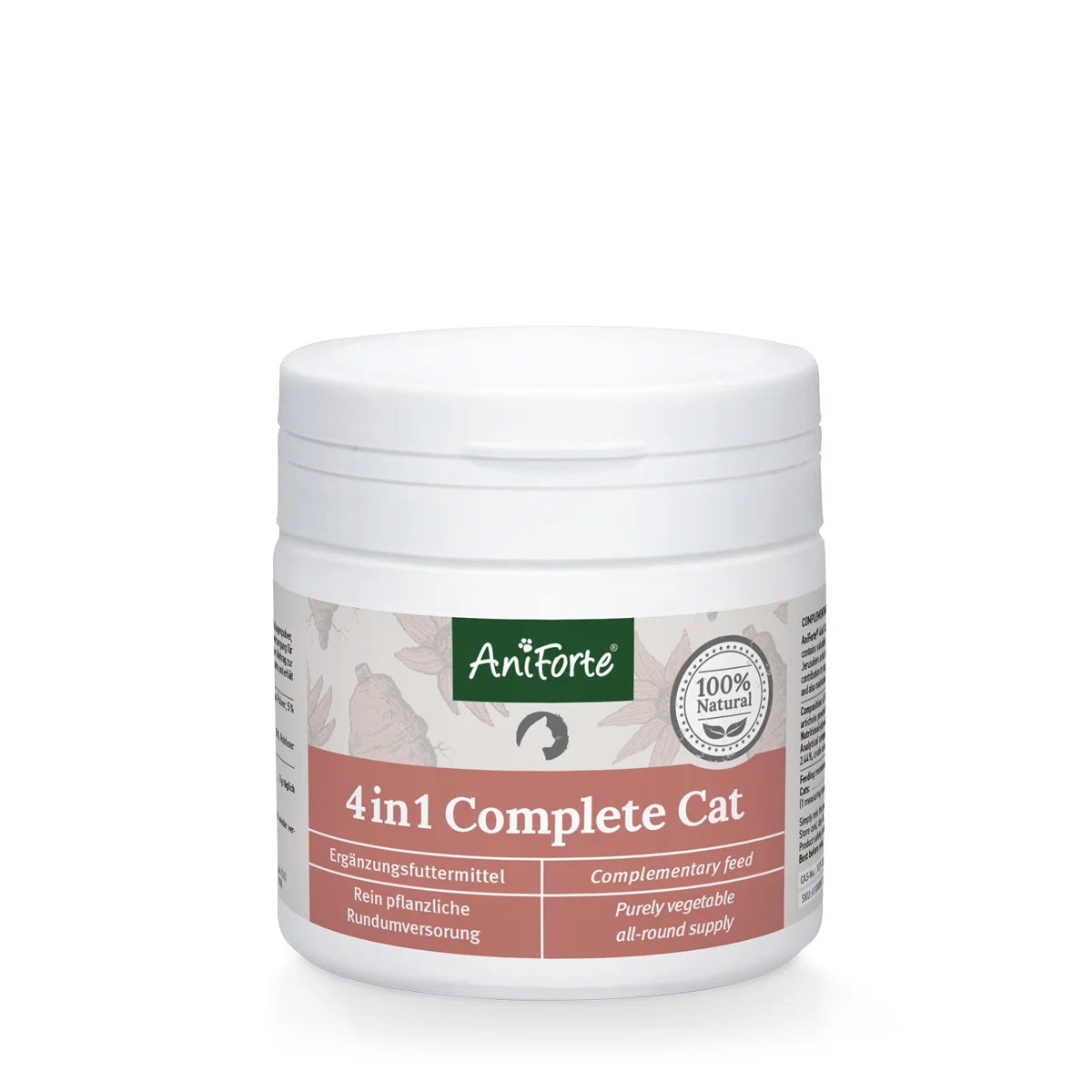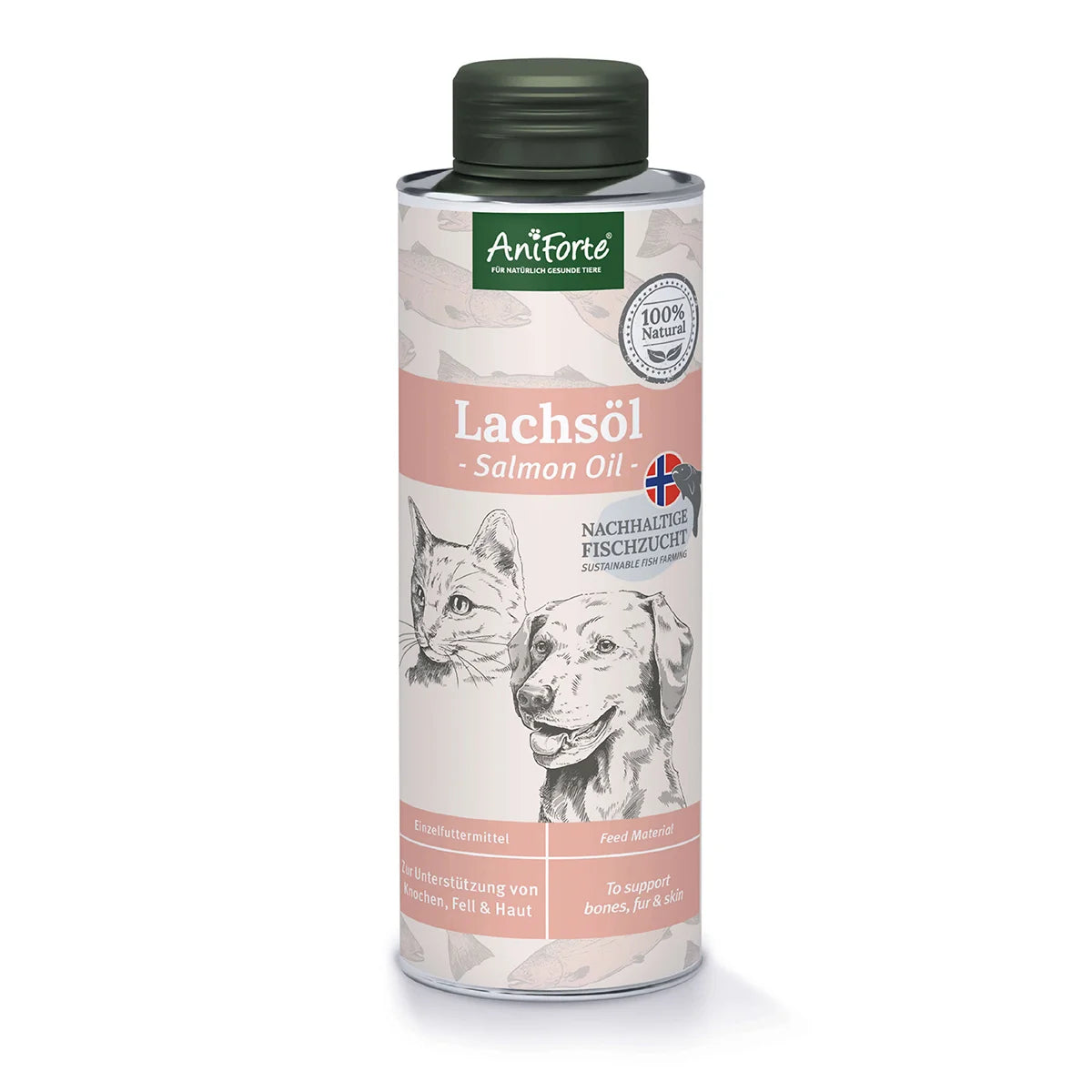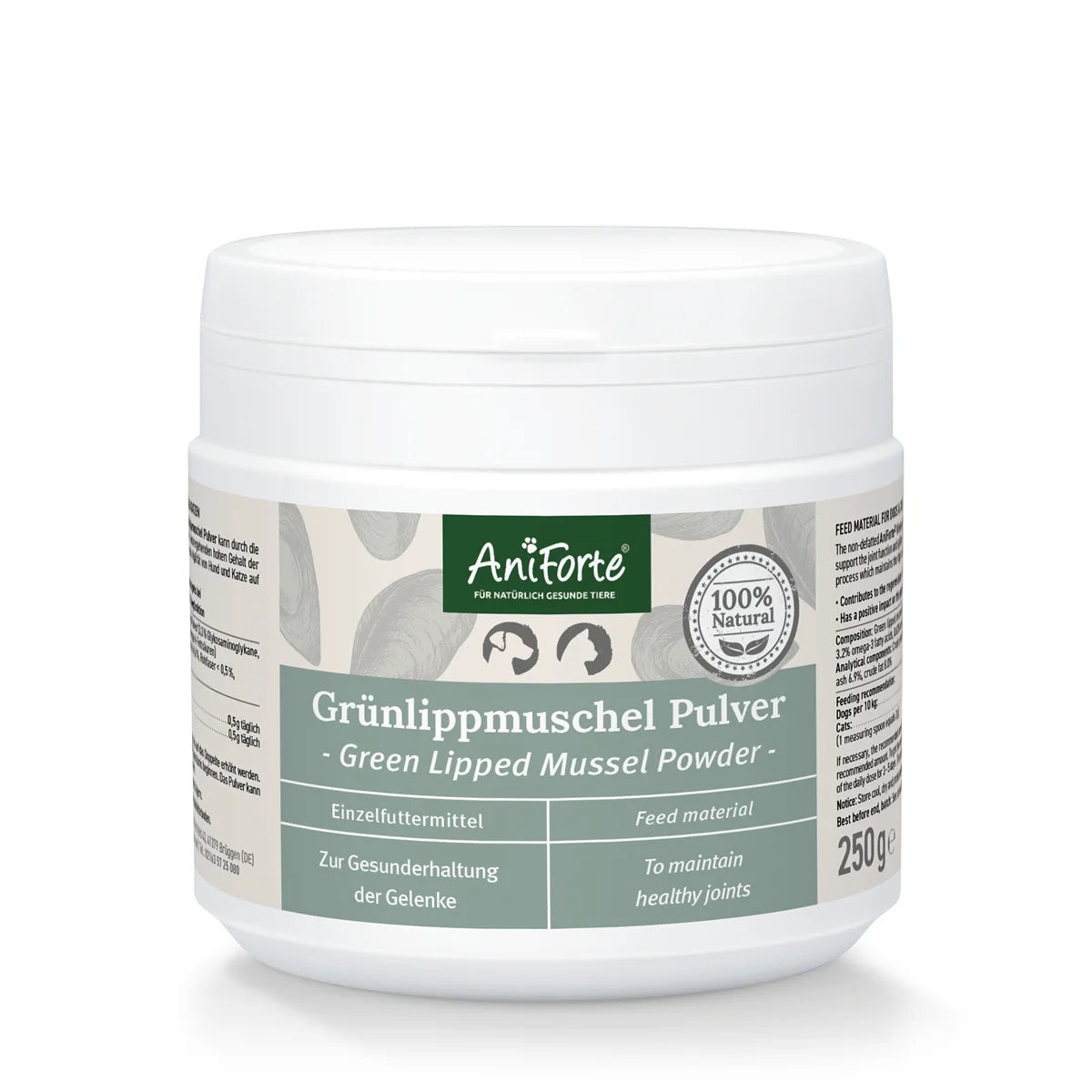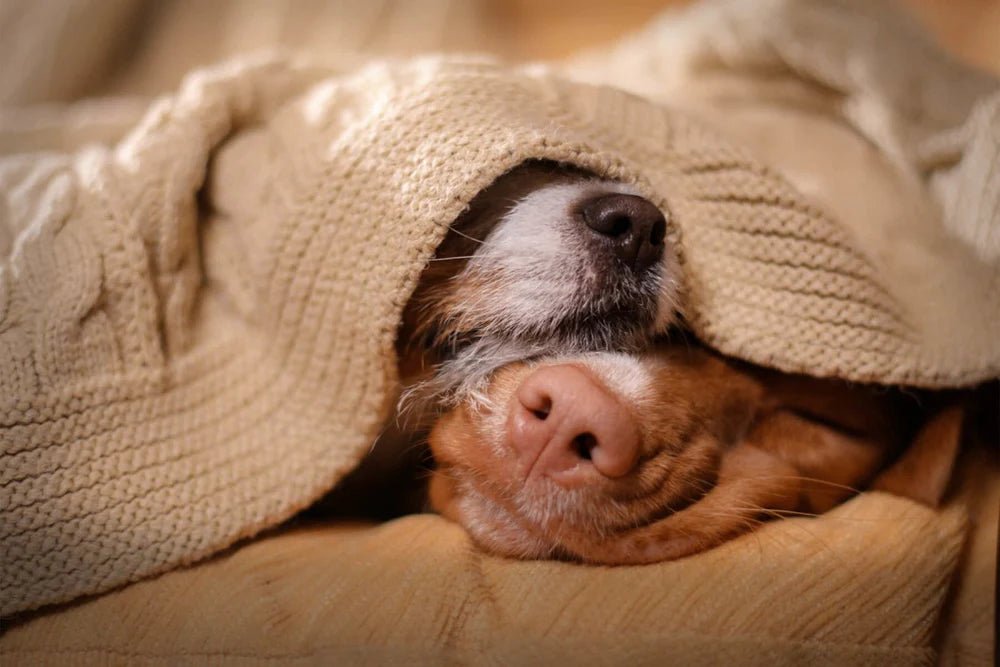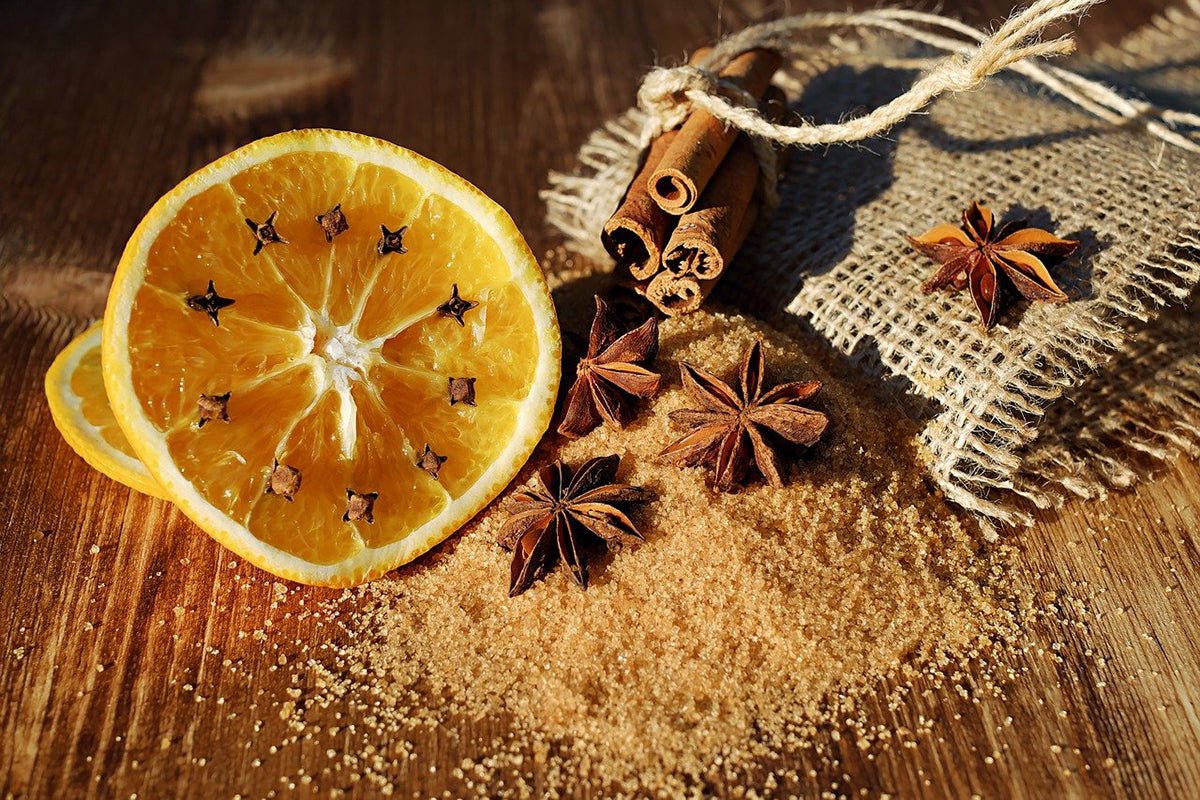
Christmas is a magical time of year filled with glittering lights, sparkling decorations, and the enticing aroma of cookies and mulled wine. But while the festive season is enchanting for us, it can pose unexpected dangers to our pets. From tempting treats to shiny decorations, here’s how to keep your furry companions safe during the holidays.
Hazard # 1: Chocolate and it's wrapping
Trays and bowls, laden with chocolate and treats, is often the biggest danger for pets. Dogs and cats are drawn to these goodies, but chocolate can be toxic to them.
Why is chocolate dangerous?
Chocolate contains theobromine, a compound found in cocoa that humans can metabolize but pets cannot. The darker the chocolate, the higher the theobromine content, making it even more harmful.
Symptoms of chocolate poisoning:
Watch for signs like nervousness, vomiting, diarrhea, excessive thirst, heart palpitations, tremors, or seizures. If you suspect your pet has ingested chocolate, seek veterinary help immediately.
Prevention tips:
- Keep chocolate and treats out of reach, especially dark chocolate or baked goods with high cocoa content.
- Store snacks securely.
- Monitor pets around food-filled advent calendars and gift boxes.
Wrapping hazards:
Dogs may eat treats along with their wrappers, which can lead to gastrointestinal issues or blockages. If your pet consumes chocolate or wrappers, bring any remaining packaging to the vet to help determine the amount ingested.
Hazard # 2: Christmas Tree with Tinsel and Christmas Ornaments
A beautifully decorated Christmas tree is a centerpiece of holiday cheer but can also be a source of mischief for pets.
Tree stability and water hazards:
Ensure your tree is stable and secure, especially if you have curious pets who might jump or climb. Avoid letting pets drink tree stand water, which may contain harmful preservatives, pesticides, or essential oils. It is best if you don't leave your animals alone with the tree at all.
Dangerous ornaments:
- Glass baubles can shatter, and ingesting broken pieces may cause internal injuries.
- Tinsel, especially for cats, can lead to digestive blockages and even require surgery. Opt for safer alternatives like paper or fabric decorations and place fragile items out of reach.
Tinsel is poisonous!
The play instinct of cats is immediately aroused with glittering tinsel. However, the coloured threads not only often contain lead, but can also lead to massive digestive disorders and an occlusion of the intestinal tract. It is best to avoid tinsel entirely or use paper tinsel and hang up the Christmas tree decorations at a height that your four-legged friend cannot reach.
What to do if Christmas decorations have been eaten?
Did you watch your cat or dog messing with Christmas decorations, then go depending on the severity - was a whole thread of tinsel swallowed? Have pieces of an ornament been swallowed? - straight to the vet. And watch closely for symptoms like vomiting, gastrointestinal noises, diarrhoea, cramps or loss of appetite – take your pet to the vet immediately.
Dangerous ornaments:
- Glass baubles can shatter, and ingesting broken pieces may cause internal injuries.
- Tinsel, especially for cats, can lead to digestive blockages and even require surgery. Opt for safer alternatives like paper or fabric decorations and place fragile items out of reach.
If ornaments are swallowed:
If you suspect your pet has ingested an ornament or tinsel, monitor for symptoms like vomiting, diarrhea, or loss of appetite. Visit the vet immediately for an examination and treatment.
Hazard # 3: Candles & Fairy Lights
Candles create a cosy holiday atmosphere, but they pose burn and fire risks. Pets can accidentally knock them over or singe their whiskers and fur.
Tips for safe candle use:
- Keep candles in high, inaccessible areas.
- Extinguish candles if you leave the room or cannot supervise your pet.
Fairy lights caution:
Fairy lights are another potential hazard, especially for pets who like to chew. Biting into light cords can cause electric shocks. Protect cords by hiding them or unplugging lights when not in use.
Hazard # 4: Advent Wreath and Christmas Plants
Advent wreaths and holiday plants may be lovely for us humans, but they can be harmful to pets.
Toxic plants to avoid:
- Poinsettias, mistletoe, and Christmas roses can cause vomiting, tremors, or even serious poisoning.
- Pine needles, if chewed, can damage the stomach lining or lead to toxicity.
Switch to pet-safe decorations like a Christmas cactus or artificial greenery, and place wreaths out of reach.
Hazard # 5: Wrapping Paper and Ribbons
The colourful wrapping paper, ribbons, and bows that make gifts so festive can attract playful pets. While small amounts of paper are usually harmless, swallowing ribbons or foil can lead to digestive problems or blockages.
What to watch for:
If your pet shows signs of discomfort, such as vomiting, lethargy, or changes in appetite, consult your veterinarian promptly.
Hazard # 6: Spray Snow
Artificial spray snow might look magical, but it’s toxic to pets if ingested or inhaled. Cats are particularly vulnerable as they may lick sprayed surfaces. Choose natural or pet-safe alternatives for your decorations.
Hazard # 7: The Christmas Feast
While the holiday roast may be irresistible, many festive foods can upset your pet’s stomach or worse.
Foods to avoid:
- Spiced dishes, gravies, and fatty foods can cause digestive issues.
- Bones from poultry or fish can splinter, posing choking hazards or internal injuries.
Always keep leftovers and plates out of reach, and remind guests not to share table scraps with your pets.
With these precautionary measures, nothing can go wrong during the Christmas holidays!
We wish you, your family and your furry friends a Happy Christmas!
